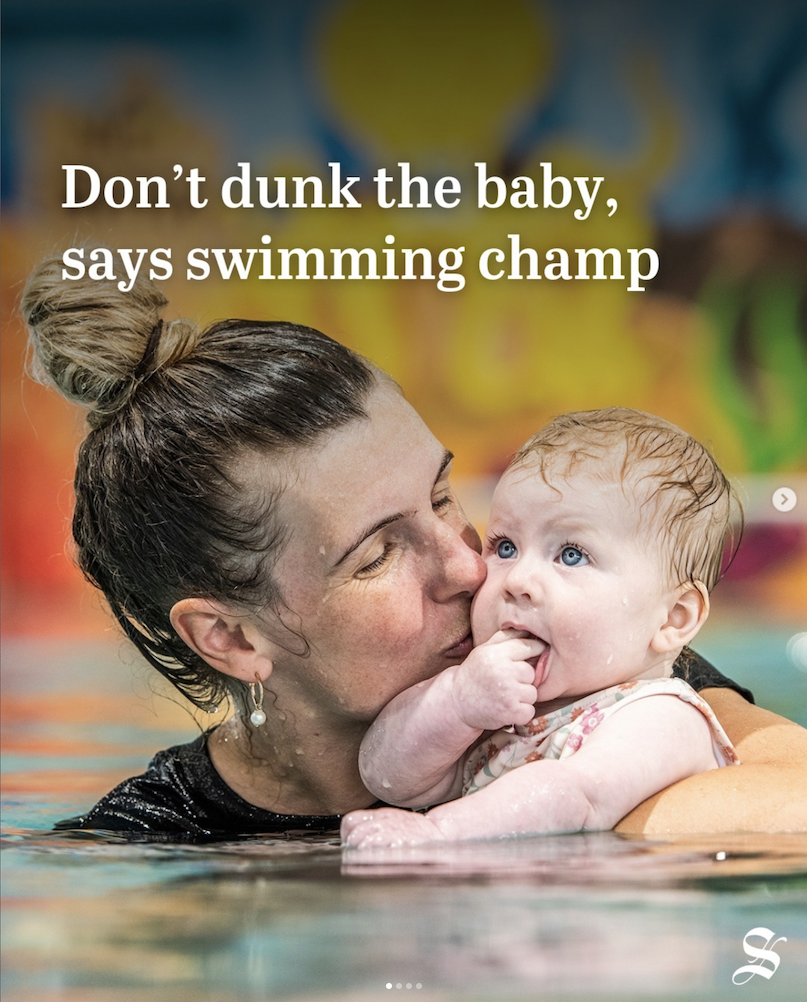We AGREE that children should not be thrown or dunked into any body of water or taught bubble blowing from a young age.
In the latest SMH article “Swimming champion urges rethink on the ‘traumatising’ way we teach children to swim”, Journalist Julie Powers references a survey of the parents of 14,000 children enrolling in swimming classes by water safety experts Dr Amy Peden and Dr Richard Franklin which found nearly 4 per cent of children had prior negative experiences many of these involved falls into water, instructor neglect and a non fatal drowning experience which resulted in the child having to be rescued. According to Royal Life Saving Australia Drowning Report 2023, Falls into water remain the leading activity prior to drowning for children aged 0-4 years which accounts for nearly 70% of toddler drowning deaths. We need to be actively teaching parents and carers how to prevent these aquatic emergencies and provide infants and young children with the opportunity to undertake progressive aquatic survival skill development that considers the experiences and activities that they may be exposed to in the future and provide them with a core set of skills that can be utilised in times of need.
 SURVIVAL FIRST. Children need to learn how to survive in water before they swim in it because drowning does not occur due to a lack of swimming skills. It occurs when a person is not able to hold and maintain an effective body position for breathing. That is why at Kids Aquatic Survival School (KASS), we focus on survival skills as the best foundation for learn to swim.
SURVIVAL FIRST. Children need to learn how to survive in water before they swim in it because drowning does not occur due to a lack of swimming skills. It occurs when a person is not able to hold and maintain an effective body position for breathing. That is why at Kids Aquatic Survival School (KASS), we focus on survival skills as the best foundation for learn to swim.
 NO BUBBLE BLOWING. Children need air in their lungs for buoyancy. It is unsafe for an infant to blow bubbles as this dramatically limits the time they could hold their breath if they ever got into trouble. Children under the age of 2 are not yet physically capable of independently lifting their head out of the water to take a breath.
NO BUBBLE BLOWING. Children need air in their lungs for buoyancy. It is unsafe for an infant to blow bubbles as this dramatically limits the time they could hold their breath if they ever got into trouble. Children under the age of 2 are not yet physically capable of independently lifting their head out of the water to take a breath.
 BREATH IS LIFE. Our core focus is to ensure children learn how to gain and maintain a position of safe breathing. We teach children to self-rescue from a disorientation in water which involves rolling from their front to their back, so they are not face down and are able to breathe and remain in that floating breathing posture until help arrives. If the child is stronger, capable and safety is within reach, we teach them to roll back to their front and swim a few basic front paddle strokes and always back to their back to breathe and repeat this sequence of swimming and floating until they reach safety. Children also have the opportunity to practice reaching and holding techniques, so they will be able to successfully hold on to the side of the pool or safety which might be a log in a river or pier at the beach or lake.
BREATH IS LIFE. Our core focus is to ensure children learn how to gain and maintain a position of safe breathing. We teach children to self-rescue from a disorientation in water which involves rolling from their front to their back, so they are not face down and are able to breathe and remain in that floating breathing posture until help arrives. If the child is stronger, capable and safety is within reach, we teach them to roll back to their front and swim a few basic front paddle strokes and always back to their back to breathe and repeat this sequence of swimming and floating until they reach safety. Children also have the opportunity to practice reaching and holding techniques, so they will be able to successfully hold on to the side of the pool or safety which might be a log in a river or pier at the beach or lake.
 GENTLE APPROACH. At KASS, children are not thrown into the water. We do not use force. We facilitate a child to learn to feel the water and understand how it supports them and how to move through it. We focus on a child’s natural buoyancy to help them float independently. Children learn breath control, in a gentle and supportive environment and once competent, progress to the next stage of learning to float on their back. Nearing the end of the program the child learns to orientate themselves through guided prompts and procedures to grab the wall/edge. The child is facilitated in the water through special non-verbal techniques, in a safe and controlled environment which they respond to as a result of operant conditioning.We aim to teach competence through tailoring to the individual child and progress incrementally through positive reinforcement. KASS lessons are designed to set the child up for success and this in turn builds self-esteem.
GENTLE APPROACH. At KASS, children are not thrown into the water. We do not use force. We facilitate a child to learn to feel the water and understand how it supports them and how to move through it. We focus on a child’s natural buoyancy to help them float independently. Children learn breath control, in a gentle and supportive environment and once competent, progress to the next stage of learning to float on their back. Nearing the end of the program the child learns to orientate themselves through guided prompts and procedures to grab the wall/edge. The child is facilitated in the water through special non-verbal techniques, in a safe and controlled environment which they respond to as a result of operant conditioning.We aim to teach competence through tailoring to the individual child and progress incrementally through positive reinforcement. KASS lessons are designed to set the child up for success and this in turn builds self-esteem.
 SUPERVISION. KASS lessons are delivered privately 1 on 1 so the child is able to learn at their own pace and become comfortable in the water as they build on their skills and accomplish new skills. The instructor has 100% focus on the child 100% of the time to ensure they respond appropriately to the specialised prompts and procedures.
SUPERVISION. KASS lessons are delivered privately 1 on 1 so the child is able to learn at their own pace and become comfortable in the water as they build on their skills and accomplish new skills. The instructor has 100% focus on the child 100% of the time to ensure they respond appropriately to the specialised prompts and procedures.
 FLOATING IS A SURVIVAL SKILL. At KASS, we advocate that Back Floating is a life-saving skill. It is a simple, low-energy way of being able to breathe. It also transitions into other swimming techniques. Being able to float also promotes proper breathing techniques, which works to keep kids calm in the water and reduces fatigue.Learning to back float might not be the preferred position in the water for a child. However, long term, it is a skill which could save their life. Maintaining a horizontal position in water allows a person to breathe, sustain energy or propel through the water should they be able to reach safety.#Floatingsaveslives
FLOATING IS A SURVIVAL SKILL. At KASS, we advocate that Back Floating is a life-saving skill. It is a simple, low-energy way of being able to breathe. It also transitions into other swimming techniques. Being able to float also promotes proper breathing techniques, which works to keep kids calm in the water and reduces fatigue.Learning to back float might not be the preferred position in the water for a child. However, long term, it is a skill which could save their life. Maintaining a horizontal position in water allows a person to breathe, sustain energy or propel through the water should they be able to reach safety.#Floatingsaveslives
https://www.smh.com.au/national/swimming-champion-urges-rethink-on-the-traumatising-way-we-teach-children-to-swim-20240102-p5eupt.html


